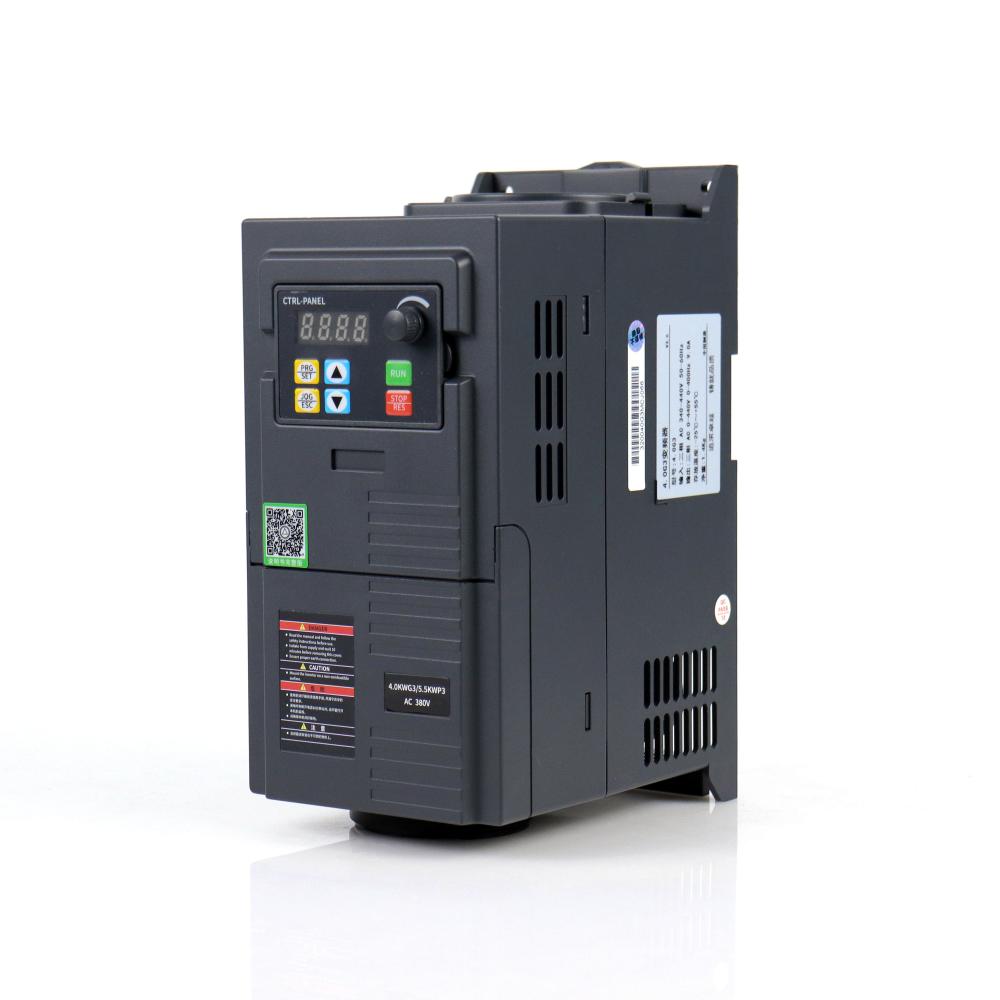The RF Test Engineer plays a vital role in the development and quality assurance of advanced RF products across various manufacturing environments. While some may argue that the field is not as promising or that test roles lack value, this position is actually highly sought after in industries like telecommunications, defense, and aerospace. According to Glassdoor, the average annual salary for an RF Test Engineer has reached $77,300, reflecting the high demand and technical expertise required.
So, what skills are essential for someone to excel in this role?
Most companies require a Bachelor’s degree in Electrical Engineering, though some may accept candidates from related fields such as Computer Science, Physics, or Mathematics. In more specialized sectors, such as defense contracting, additional qualifications like security clearance might be necessary.
Here are the top five skills every RF Test Engineer should possess:
**1. Strong RF Knowledge**
Beyond basic understanding, a good RF Test Engineer must have in-depth knowledge of wireless technologies like cellular networks, Wi-Fi, and spectrum analysis. They should be able to measure and interpret various types of signals effectively.
**2. Proficiency with Test Equipment**
RF testing involves working with a range of instruments, including spectrum analyzers, signal generators, vector network analyzers, power meters, and more. Experience in setting up test environments and troubleshooting issues is a big plus.
**3. Data Analysis and Interpretation Skills**
Generating data is just part of the job. RF engineers must analyze results, identify patterns, and communicate findings clearly. Understanding statistical methods, uncertainty analysis, and correlation is crucial for effective problem-solving.
**4. Software and Scripting Expertise**
Familiarity with programming languages like C/C++ and tools such as MATLAB, LabVIEW, and Python is important. These skills are often used in developing test plans and automating procedures.
**5. Continuous Learning and Engagement**
With the rapid evolution of wireless technologies—from 2G to 5G and beyond—RF engineers must stay updated. Attending industry seminars, workshops, and networking with experts helps them remain competitive and knowledgeable.
Technologies like wireless charging, ADAS radar, and NB-IoT are constantly evolving, making it essential for professionals to keep learning. Events like the "2017 NI RF Test National Tour Seminar" offer valuable insights and hands-on learning opportunities. Held in cities like Shenzhen, Dongguan, and Xi’an, these events provide engineers with practical knowledge and exclusive resources.
Whether you're looking to advance your career or simply stay ahead in the fast-paced world of RF testing, continuous learning and engagement are key. Don't miss out on the chance to grow and connect with industry leaders.
Fan VFD
A fan VFD, or variable frequency drive, is a specialized device utilized for controlling and regulating the speed of fan motors. By adjusting the frequency and voltage of the power supplied to the motor, the VFD enables precise control over the rotational speed of the fan. This functionality allows for efficient fan operation, improved energy savings, and enhanced performance in applications such as HVAC systems and industrial fans.
The primary benefit of a fan VFD is its ability to achieve energy efficiency. Traditional methods of controlling fan speed, such as using dampers or throttling valves, are not as efficient as a VFD. With a VFD, the fan motor operates at the optimal speed required by the system, resulting in significant energy savings. By reducing the speed of the fan when the demand is low, the VFD ensures that energy is not wasted, leading to reduced electricity consumption and lower operating costs.
Precise motor speed regulation is another advantage provided by fan VFDs. By controlling the frequency and voltage of the AC power supplied to the motor, the VFD allows for fine-tuning of the fan speed. This flexibility is beneficial in applications where varying airflow rates are required, such as in HVAC systems. The VFD enables precise adjustment of the fan speed to match the specific cooling or ventilation needs, providing optimal comfort and efficient operation.
Fan VFDs also play a crucial role in motor protection. They incorporate built-in features such as overload protection, short circuit detection, and thermal protection, which help safeguard the motor against damage due to excessive current, voltage fluctuations, or overheating. This ensures reliable motor operation, prolongs the motor's lifespan, and reduces the risk of unexpected failures.
The applications of fan VFDs are diverse, ranging from commercial and residential HVAC systems to industrial fan installations. They are employed in various settings, including office buildings, manufacturing facilities, data centers, and ventilation systems. In each application, fan VFDs offer precise control, energy efficiency, and motor protection, contributing to improved performance, reduced energy consumption, and enhanced overall system reliability.
In conclusion, fan VFDs are essential devices for controlling and regulating the speed of fan motors. With their ability to achieve energy efficiency, precise motor speed regulation, and motor protection, fan VFDs enhance the performance of HVAC systems and industrial fans, resulting in improved energy savings, optimized airflow, and reliable operation.

Fan Vfd,Abb Variable Frequency Drive,Single Phase Variable Frequency Drive,1 Phase Variable Frequency Drive
WuXi Spread Electrical Co.,LTD , https://www.vfdspread.com
